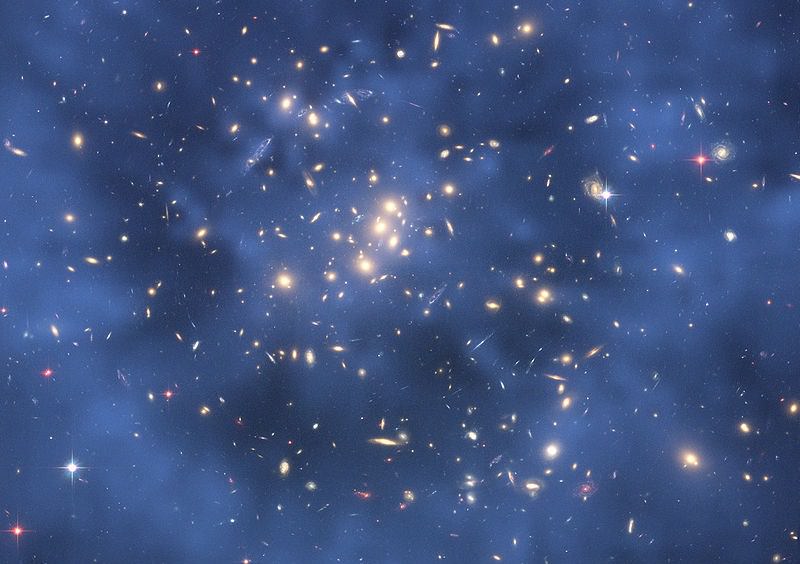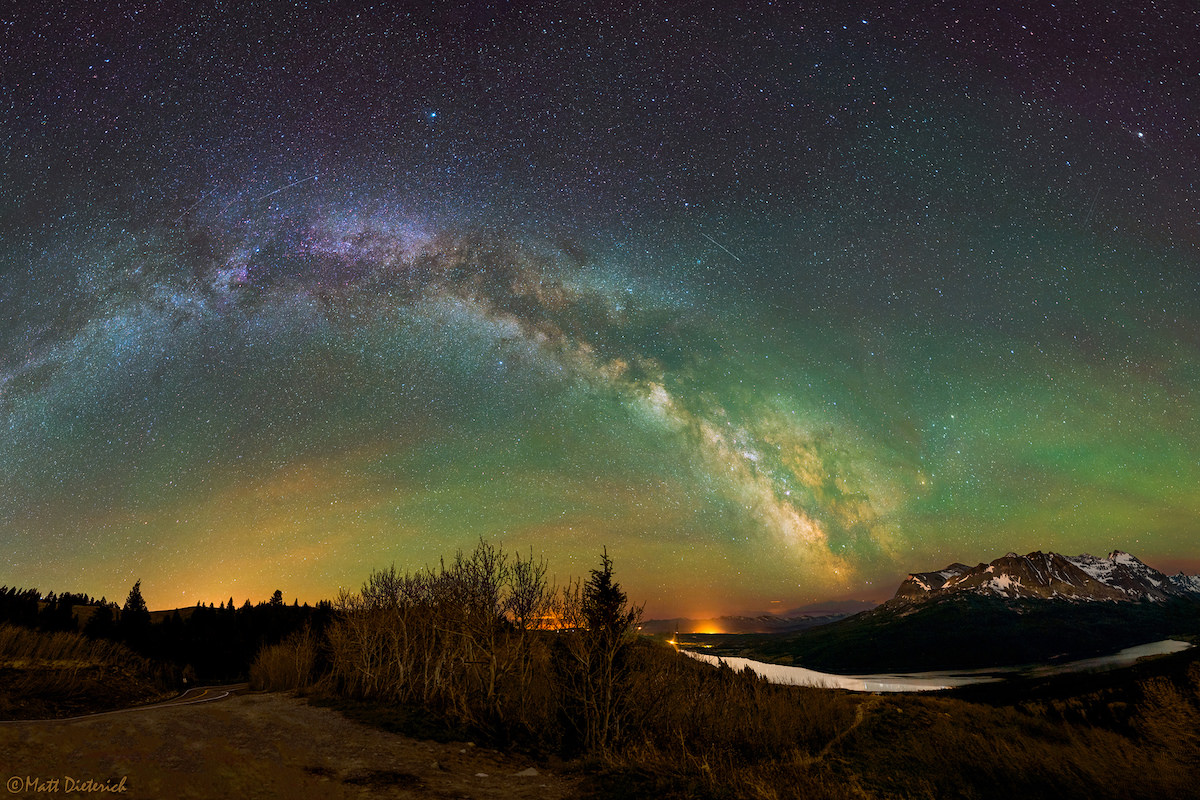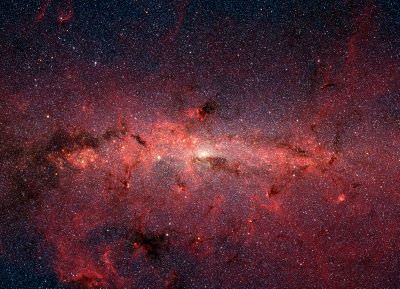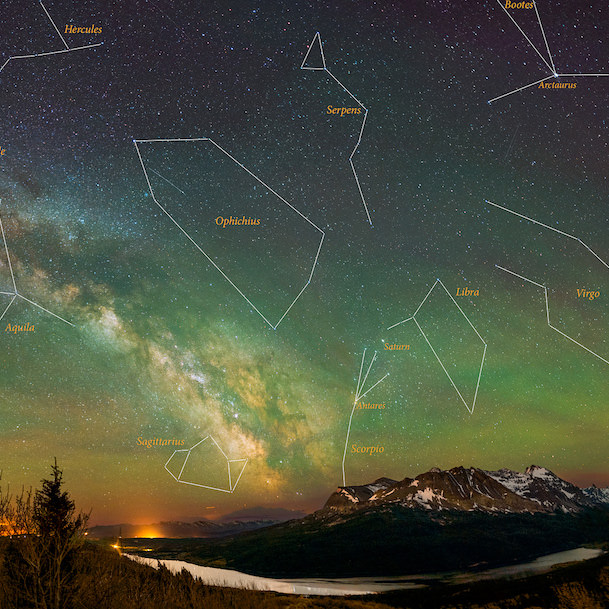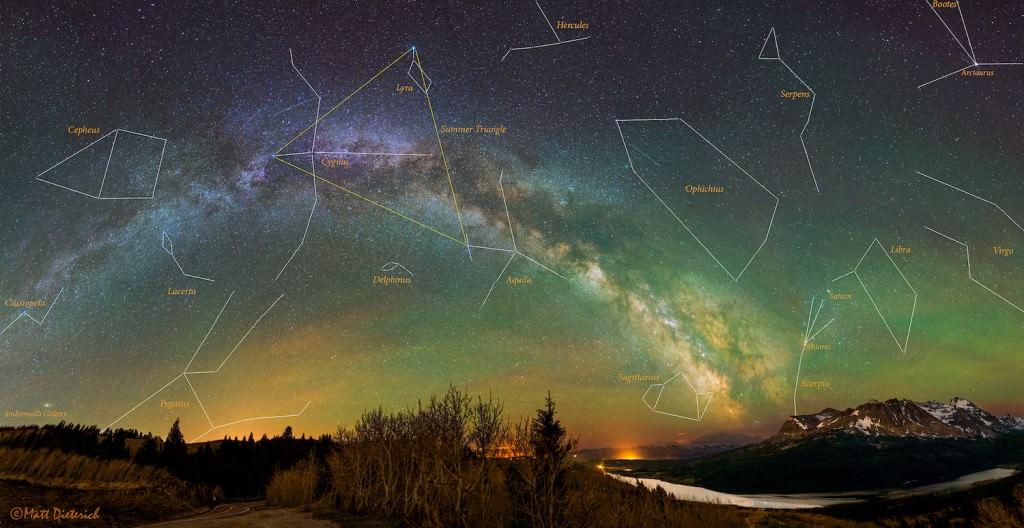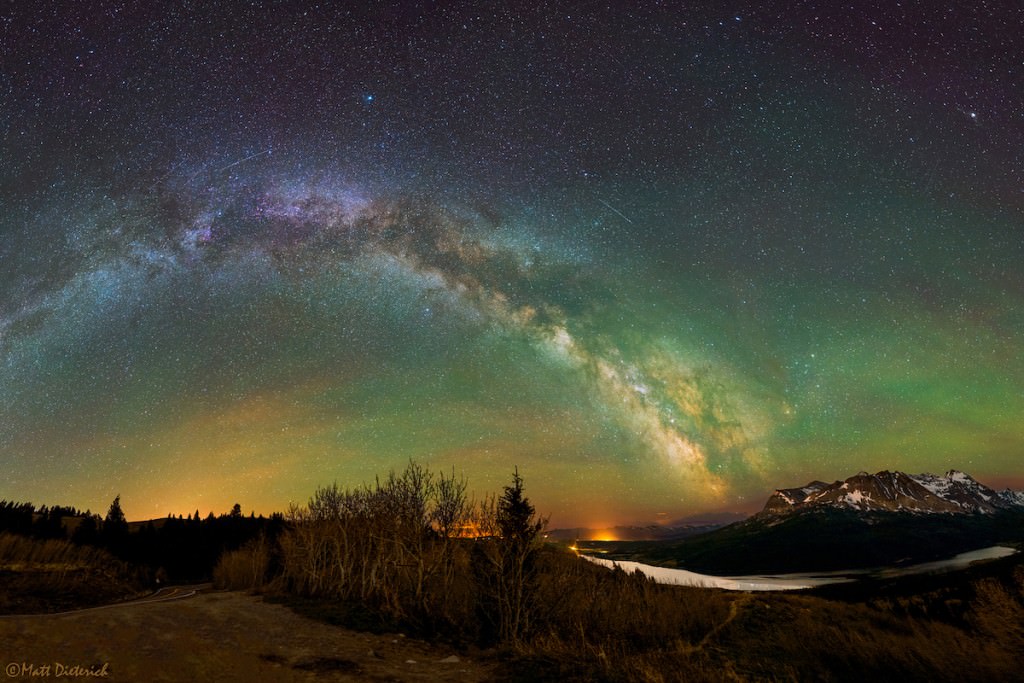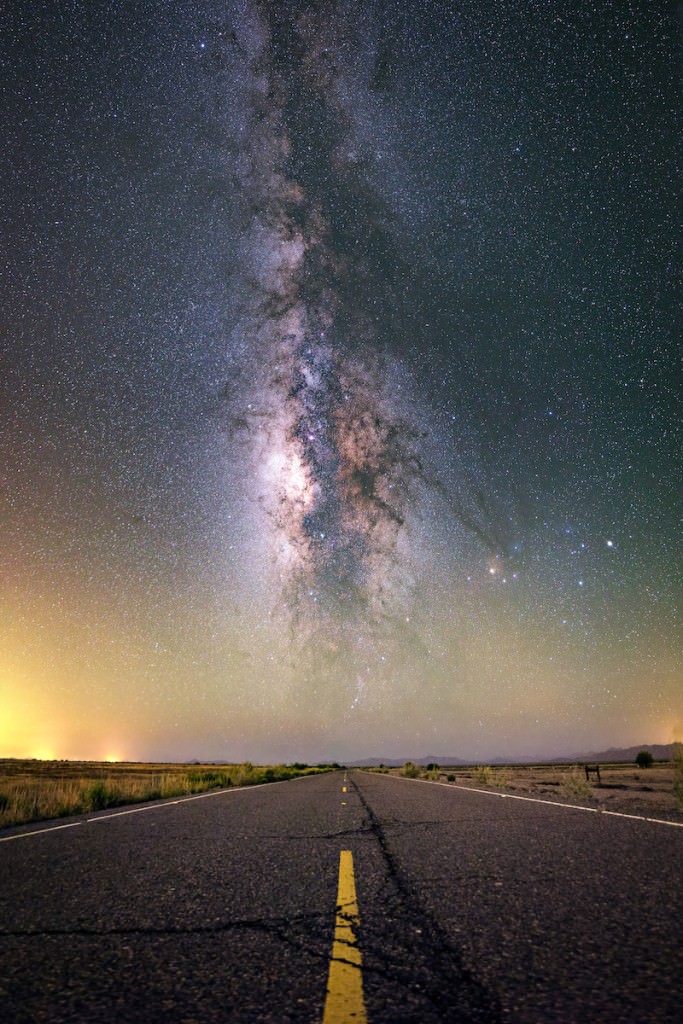Astronomers have found a pair of stellar oddballs out in the edges of our galaxy. The stars in question are a binary pair, and the two companions are moving much faster than anything should be in that part of the galaxy. The discovery was reported in a paper on April 11, 2016, in the Astrophysical Journal Letters.
The binary system is called PB3877, and at 18,000 light years away from us, it’s not exactly in our neighborhood. It’s out past the Scutum-Centaurus Arm, past the Perseus Arm, and even the Outer Arm, in an area called the galactic halo. This binary star also has the high metallicity of younger stars, rather than the low metallicity of the older stars that populate the outer reaches. So PB3877 is a puzzle, that’s for sure.
PB3877 is what’s called a Hyper-Velocity Star (HVS), or rogue star, and though astronomers have found other HVS’s, more than 20 of them in fact, this is the first binary one found. The pair consists of a hot sub-dwarf primary star that’s over five times hotter than the Sun, and a cooler companion star that’s about 1,000 degrees cooler than the Sun.
Hyper-Velocity stars are fast, and can reach speeds of up to 1,198 km. per second, (2.7 million miles per hour,) maybe faster. At that speed, they could cross the distance from the Earth to the Moon in about 5 minutes. But what’s puzzling about this binary star is not just its speed, and its binary nature, but its location.
Hyper-Velocity stars themselves are rare, but PB3877 is even more rare for its location. Typically, hyper velocity stars need to be near enough to the massive black hole at the center of a galaxy to reach their incredible speeds. A star can be drawn toward the black hole, accelerated by the unrelenting pull of the hole, then sling-shotted on its way out of the galaxy. This is the same action that spacecraft can use when they gain a gravity assist by travelling close to a planet.
This video shows how stars can accelerate when their orbit takes them close to the super-massive black holes at the center of the Milky Way.
But the trajectory of PB3877 shows astronomers that it could not have originated near the center of the galaxy. And if it had been ejected by a close encounter with the black hole, how could it have survived with its binary nature intact? Surely the massive pull of the black hole would have destroyed the binary relationship between the two stars in PB3877. Something else has accelerated it to such a high speed, and astronomers want to know what, exactly, did that, and how it kept its binary nature.
Barring a close encounter with the super-massive black hole at the center of the Milky Way, there are a couple other ways that PB3877 could have been accelerated to such a high velocity.
One such way is a stellar interaction or collision. If two stars were travelling at the right vectors, a collision between them could impart energy to one of them and propel it to hyper-velocity. Think of two pool balls on a pool table.
Another possibility is a supernova explosion. It’s possible for one of the stars in a binary pair to go supernova, and eject it’s companion at hyper-velocity speeds. But in these cases, either stellar collision or supernova, things would have to work out just right. And neither possibility explains how a wide-binary system like this could stay intact.
Fraser Cain sheds more light on Hyper-Velocity Stars, or Rogue Stars, in this video.
There is another possibility, and it involves Dark Matter. Dark Matter seems to lurk on the edge of any discussion around something unexplained, and this is a case in point. The researchers think that there could be a massive cocoon or halo of Dark Matter around the binary pair, which is keeping their binary relationship intact.
As for where the binary star PB3788 came from, as they say in the conclusion of their paper, “We conclude that the binary either formed in the halo or was accreted from the tidal debris of a dwarf galaxy by the Milky Way.” And though the source of this star’s formation is an intriguing question, and researchers plan follow up study to verify the supernova ejection possibility, its possible relationship with Dark Matter is also intriguing.


